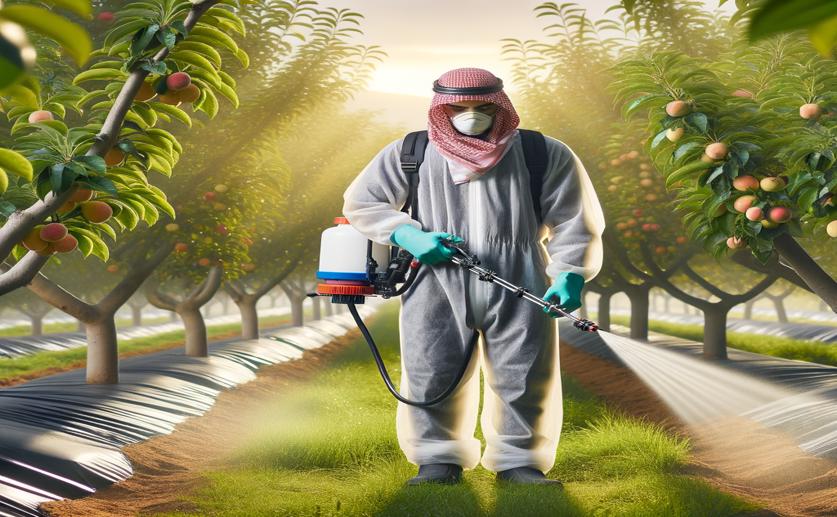
Evaluating Pesticide Risk for Orchard Sprayers
Jenn Hoskins
14th April, 2024

Image Source: Natural Science News, 2024
Key Findings
- In Chinese orchards, protective clothing, especially gloves, significantly reduces skin contact with pesticides
- The type of orchard (apple or citrus) has little effect on pesticide exposure, except on wipes and faces
- Statistical models used in the study accurately estimate pesticide exposure, aiding future health risk assessments
References
Main Study
1) Assessment of pesticide exposure to applicators during spraying in orchards with a stretcher-mounted sprayer.
Published 15th April, 2024 (future Journal edition)
https://doi.org/10.1016/j.heliyon.2024.e28756
Related Studies
2) Systematic review of methods used to assess exposure to pesticides in occupational epidemiology studies, 1993-2017.
3) Occupational exposure to pesticides and prostate cancer: a systematic review and meta-analysis.
4) Occupational exposure to pesticides and chronic hypersensitivity pneumonia: a case report.



 21st February, 2024 | Jim Crocker
21st February, 2024 | Jim Crocker